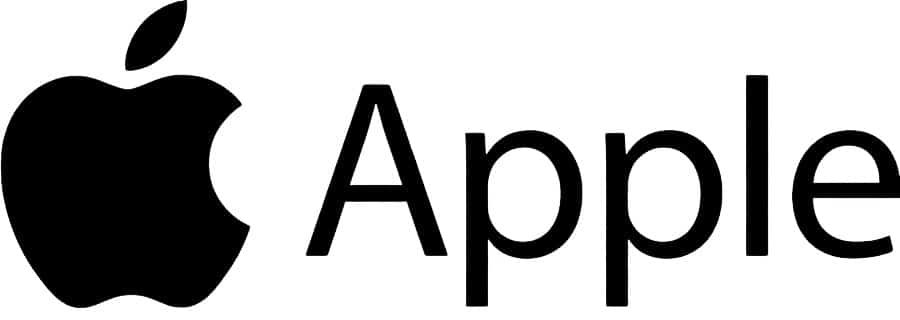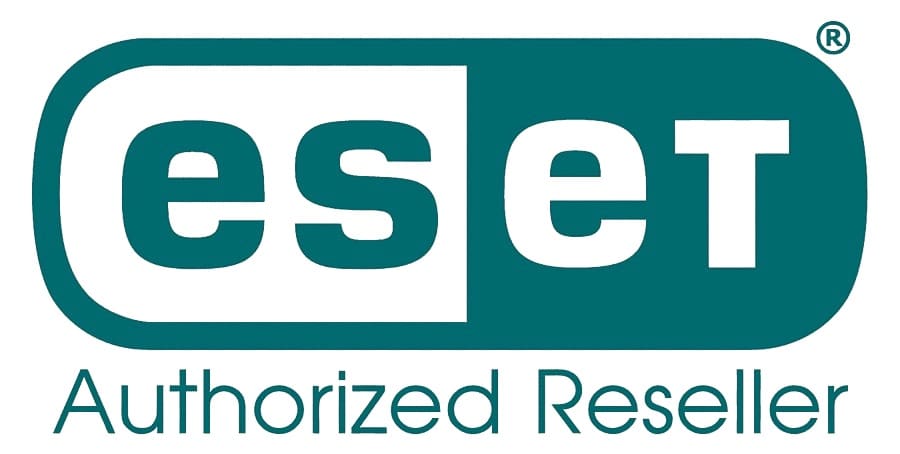Photon Computing: The Dawn of Light-Speed Intelligence
When Computers Hit the Wall…
Imagine your computer is a busy highway. Cars (electrons) zoom down the road carrying information. But as more cars pile on, traffic jams happen. Things slow down. Engines overheat.
This is what’s happening in today’s computers. Silicon chips—the tiny brains that power everything—are struggling to keep up with all the data we throw at them.
And then… comes a new hero. Not cars. Not trucks. But beams of light.
💡 TIP: Photons (tiny particles of light) travel way faster than electrons. That’s why we already use light in fibre-optic internet cables.
Australia’s Energy Problem
Australia’s computers and data centres eat up huge amounts of electricity. According to the Australian Bureau of Statistics (ABS):
- Households used over 1,000 petajoules of energy in 2022–23.
- Industry used more than 3,100 petajoules.
- Renewable energy jumped 12%, but coal and gas still do the heavy lifting.
That means our computers aren’t just slowing down—they’re also making our power bills climb higher.
💡 TIP: Data centres (the giant computer warehouses behind the internet) already use as much power as some small cities.
Meet Photon Computing — Light Speed to the Rescue
Instead of cars (electrons), photon computing uses photons—particles of light—to move information.
That means:
- No traffic jams → photons don’t bump into each other like electrons do.
- Cooler chips → light makes less heat.
- Much faster speeds → photons move at the speed of light.
It’s like upgrading from a traffic-clogged highway to teleportation portals.
💡 TIP: One photon can carry more information than an electron. That’s like sending a whole library instead of just one book.
The Challenges (Every Hero Has Them)
Photon computing is powerful, but it’s not easy to make happen yet.
- Expensive to build — tiny light circuits are hard to manufacture.
- Not compatible — today’s computers are built for electrons, not photons.
- Needs support — the world’s systems and power grids need to catch up.
💡 TIP: Think of photon computers as the first cars. At first, they were rare, pricey, and clunky—but soon, they changed the world.
What the Future Looks Like
When photon computing goes mainstream, here’s what might happen:
- AI learns in hours, not weeks → smarter robots, faster problem-solving.
- Hospitals → instant scans for diseases using super-fast analysis.
- Space travel → missions calculated in seconds instead of months.
- Energy savings → data centres run cooler, cheaper, and cleaner.
And here’s the exciting part: Australia, with its huge solar and wind energy resources, could become a global leader in powering photon computing systems.
💡 TIP: Australia already gets about 40% of its electricity from renewables—the perfect match for photon computing’s efficiency.
Conclusion: From Fire to Light
Human history is a story of upgrades:
🔥 Fire → ⚡ Electricity → 💻 Silicon → 💡 Photons.
Photon computing is the next step. It’s not just faster—it’s cleaner, smarter, and more sustainable.
The world is ready for computers that think at the speed of light. The question is: are we ready to ride the photon wave?
FAQ: Photon Computing Made Simple
Q1: What is photon computing in simple words?
👉 Photon computing is when computers use light (photons) instead of electricity (electrons) to process information. It’s like swapping slow cars for teleportation!
Q2: Why is photon computing better than normal computing?
👉 It’s faster, makes less heat, and uses less energy. That means cooler, greener, and way quicker computers.
Q3: When will photon computers be available to everyone?
👉 Scientists are working hard right now. They’re still expensive and tricky to build, but like smartphones, they’ll get cheaper over time.
Q4: How does this help Australia?
👉 Australia already gets a lot of its power from renewables (solar and wind). Photon computing uses less power, so it’s a perfect match for a cleaner, greener future.
Q5: Will photon computers replace normal computers?
👉 Not overnight. They’ll start in big areas like AI, space travel, and supercomputers. But one day, your phone or laptop might run on light too!
Quick Nuggets Recap
- Photon computing uses light instead of electricity.
- It’s faster, cooler, and more efficient than today’s chips.
- Australia’s energy stats show why we need it.
- The future is luminous—AI, medicine, space, and the internet will all benefit.
#PhotonComputing #FutureOfAI #LightSpeedTech #Supercomputers #AustraliaEnergy #AIRevolution #DataCenters #RenewableEnergy
All statistics cited are from the Australian Bureau of Statistics and reflect the most recent available data as of October 2025.
Content Created on 01/10/2025 by
John Pititto
Managing Director
The Original PC Doctor



















































































